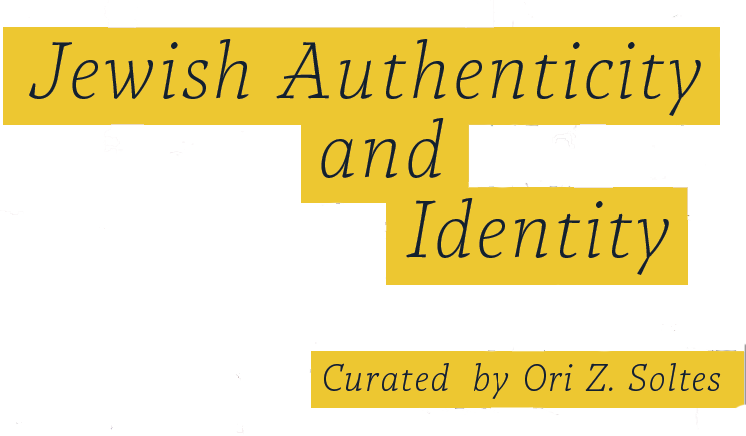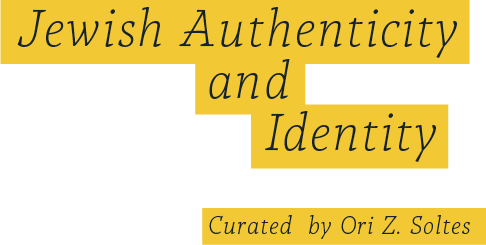
“Wonder Bread!” Adrienne Torrey, 2020, mixed media, 8.5″ x 5.5″
If this half of Torrey’s contribution to this exhibit is both serious and poignant, her second contribution offers a completely different aspect—with humor and tongue tastily in cheek—of the specifically Jewish American cultural experience. Her mixed media “Wonder Bread” plays on the question of what constitutes “Jewish gastronomy”—an analogue, of sorts, of the question of what constitutes “Jewish art.” Are pickles “Jewish”—by themselves, pulled up out of the depths of a large deli barrel, or (less so?) sliced and placed in the sandwich package prepared by the same deli? Could a Jewish delicatessen (the very word derived from the Yiddish (or German, or French, or some combination) for “fine eating”—ever prepare a sandwich using Wonder Bread, that white-floured American confabulation for which a generation of kids grew up on the commercial lie that it “builds strong bodies in 12 ways”?
Indeed, is the slice of bread discernible in this image “Jewish rye bread”?—and what really is Jewish rye bread, as opposed, say, to “German rye bread”? And what is on that slice of bread? It looks suspiciously like jam—but it hardly constitutes a real shmear of jam (and there is little visual evidence of butter beneath it)—and what is it doing juxtaposed with a pickle, anyway, which goes with sandwiches made with substances like pastrami? We have come full circle, both back to where the gastronomic discussion of Torrey’s “Wonder Bread” is concerned and back to the issue of definition with which this entire narrative began.
Adrienne Torrey is an artist and educator in Maryland. A first generation American, she was raised in western Massachusetts, where her father’s family settled after surviving the Holocaust. Her mother is from London. Adrienne received a BFA from UMass-Amherst and eventually settled in greater Washington, D.C., where she worked at the Smithsonian Institution. After teaching art in Ghana for the Peace Corps, Adrienne pursued a degree in art education–something she had considered since high school–and received a Masters of Art in Teaching from the Maryland Institute, College of Art and Design. She has taught in Maryland public schools since 2003. In The Second Generation series, Adrienne uses art as a means of exploring and healing from the effects of the Holocaust. Often children of survivors delve into their parents experiences. By visually expressing her own history of being both a second and third generation survivor, she brings her memories and emotional experiences to life.

